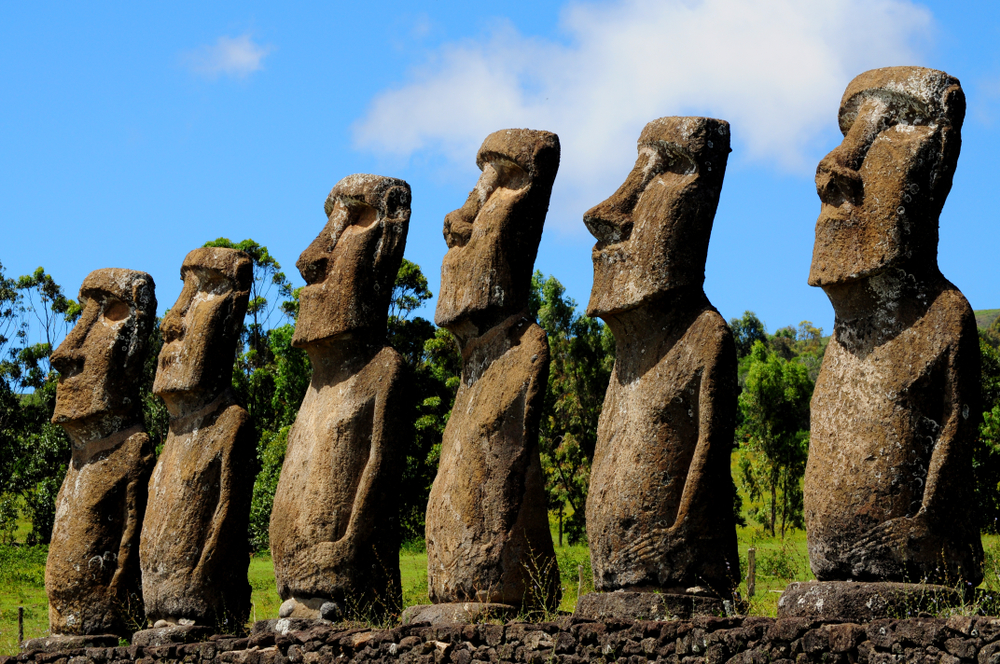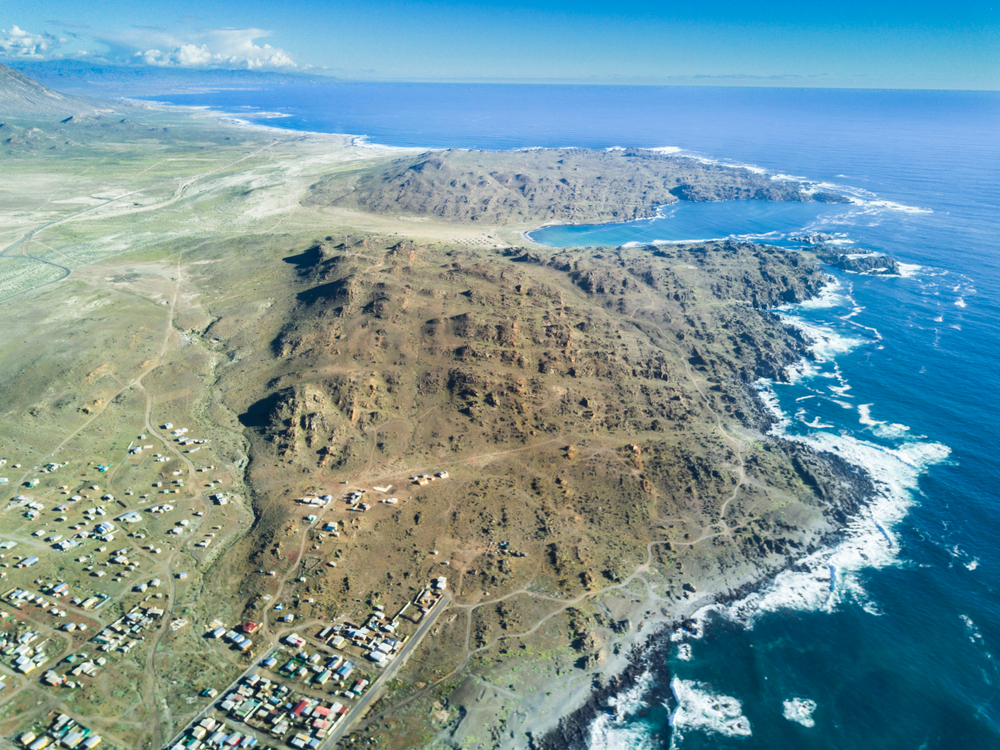Llanos de Challe Overview
Llanos de Challe National Park, or Parque Nacional Llanos de Challe in Spanish, is a protected natural area located along the Pacific coast in the Atacama Region of northern Chile. Covering approximately 219 square miles (568 square kilometers), this park is a vital part of the coastal Atacama Desert ecosystem.
Despite being in one of the driest regions in the world, the park features a surprising diversity of landscapes, including rolling hills, rocky outcrops, sandy coastal dunes, and arid plains. The park’s topography is shaped by small mountain ranges and valleys, with Cerro Negro being one of its more prominent peaks.
During rare and favorable climatic conditions, the phenomenon known as the “desert bloom” (desierto florido) can transform the barren landscape into a colorful tapestry of wildflowers, particularly after periods of increased rainfall brought by El Niño events.
Vegetation in Llanos de Challe National Park is largely adapted to extreme aridity, with hardy plant species such as cacti, shrubs, and desert perennials dominating the terrain. The park is home to the largest population of the endangered Garra de León (Leontochir ovallei), a rare flowering plant endemic to the region.
Coastal fog, known as camanchaca, provides essential moisture that sustains plant life in this otherwise dry environment. The park’s flora is crucial for the survival of various animal species, as it offers shelter and food sources in an otherwise inhospitable desert setting.
Llanos de Challe is a sanctuary for numerous wildlife species, some of which are rare or endemic to the Atacama Desert. The guanaco, a wild relative of the llama, is one of the most emblematic mammals found in the park, often seen grazing on sparse vegetation.
Smaller mammals such as foxes and rodents also inhabit the area, adapting to the harsh desert conditions. Birdwatchers are drawn to the park due to its variety of avian species, including the Chilean flamingo, peregrine falcon, and the elusive Andean condor, which soars above the rugged terrain. The presence of marine birds and shorebirds along the park’s coastal areas adds to its rich biodiversity.
Visitors to Llanos de Challe National Park can explore its unique landscape through various activities. Hiking trails wind through the desert, leading to scenic viewpoints where visitors can appreciate the contrast between arid land and the deep blue Pacific Ocean.
The coastal sector of the park provides opportunities for beachcombing, photography, and observing marine life, including sea lions and dolphins. The pristine beaches, such as Playa Blanca, are also popular for their stunning natural beauty. Due to the park’s remote location, stargazing is another rewarding activity, as the clear desert skies offer breathtaking views of the Milky Way and celestial phenomena.
Conservation efforts within Llanos de Challe National Park focus on protecting its fragile desert ecosystem and endangered plant species. One of the biggest challenges facing the park is illegal mining and human encroachment, which threaten native flora and disrupt wildlife habitats.
Additionally, climate change poses risks to the park’s delicate balance, impacting the frequency of the desert bloom and water availability. However, conservation programs, including habitat restoration and monitoring of endangered species, have helped maintain the park’s ecological integrity.
Continued efforts by Chilean environmental organizations and the national park service aim to promote sustainable tourism and safeguard this unique desert environment for future generations.
Park Map
Llanos de Challe National Park Highlights
Share your clicks with us
Related National Parks More Chile

Alerce Costero National Park
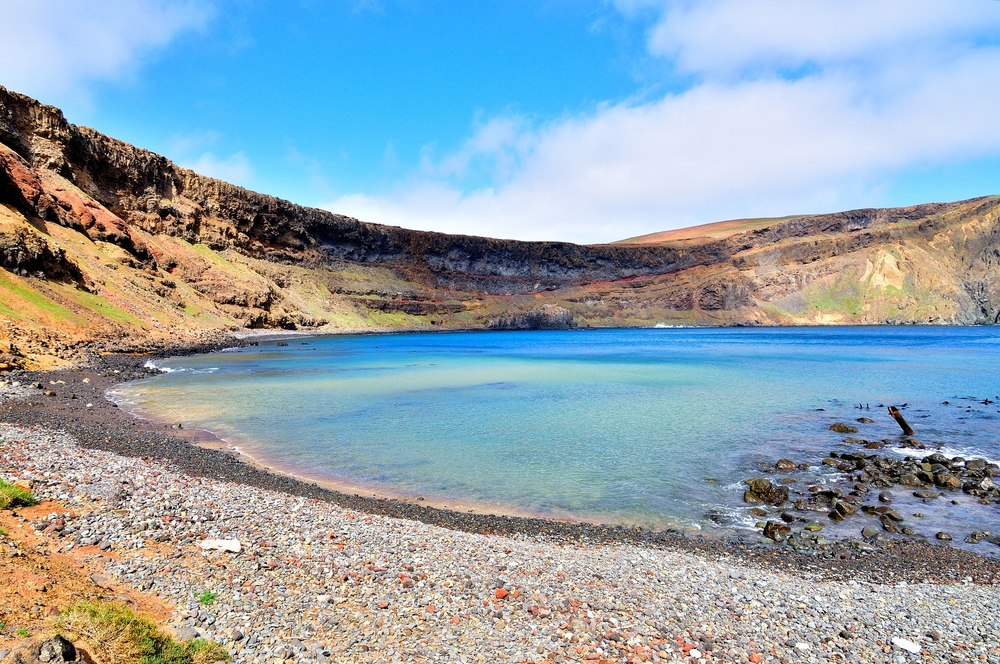
Archipiélago de Juan Fernández National Park
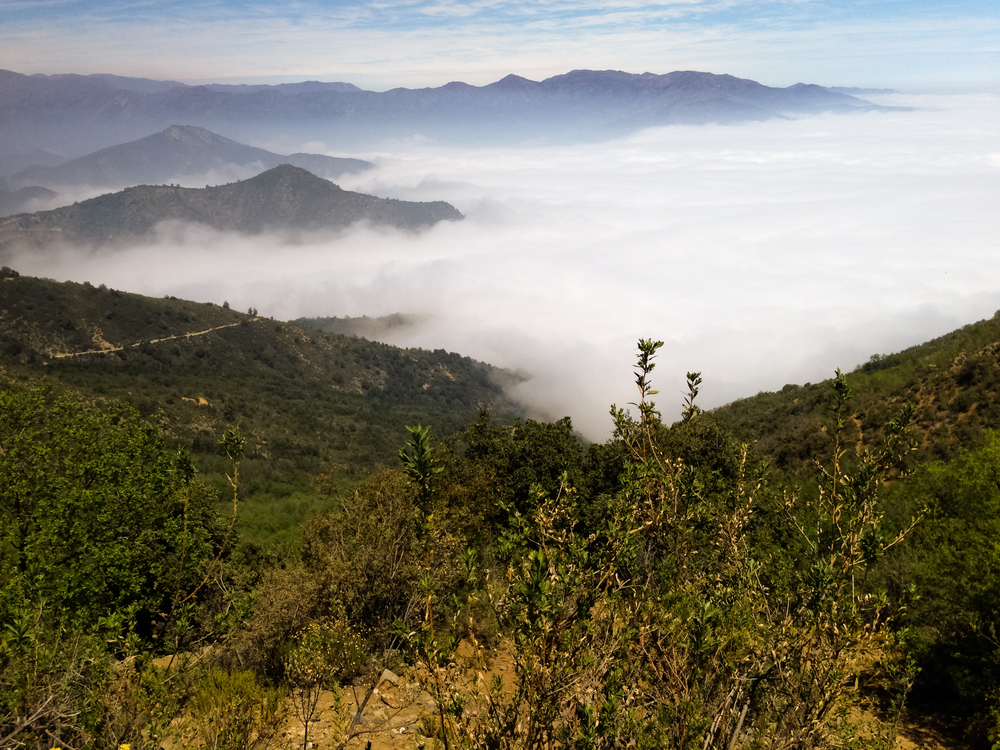
Bosque de Fray Jorge National Park
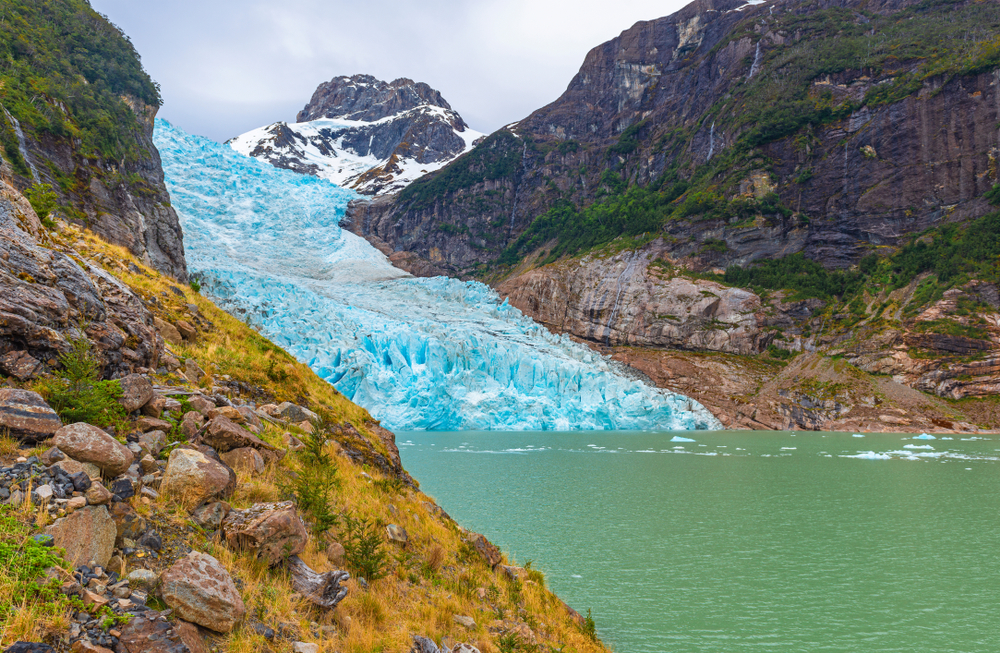
Bernardo O’Higgins National Park

Isla Guamblin National Park

Cabo de Hornos National Park
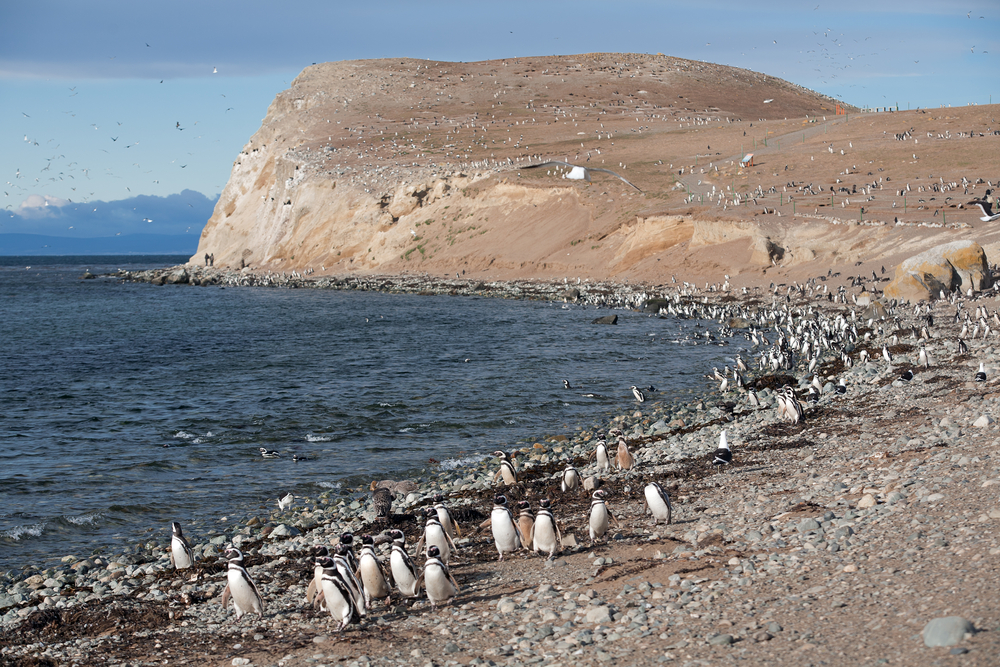
Isla Magdalena National Park
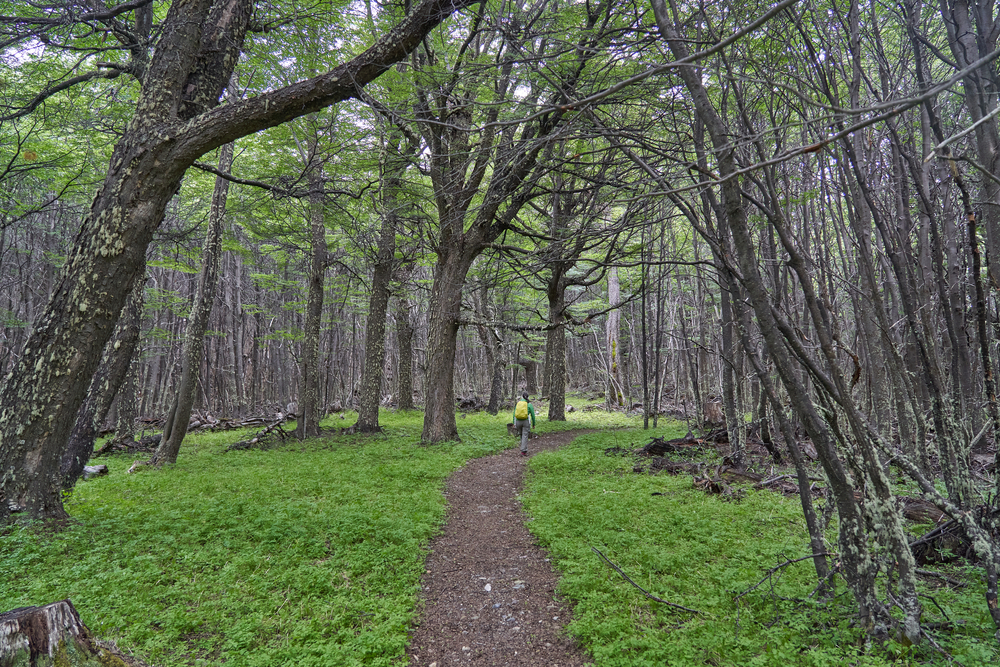
Cerro Castillo National Park

Kawésqar National Park
